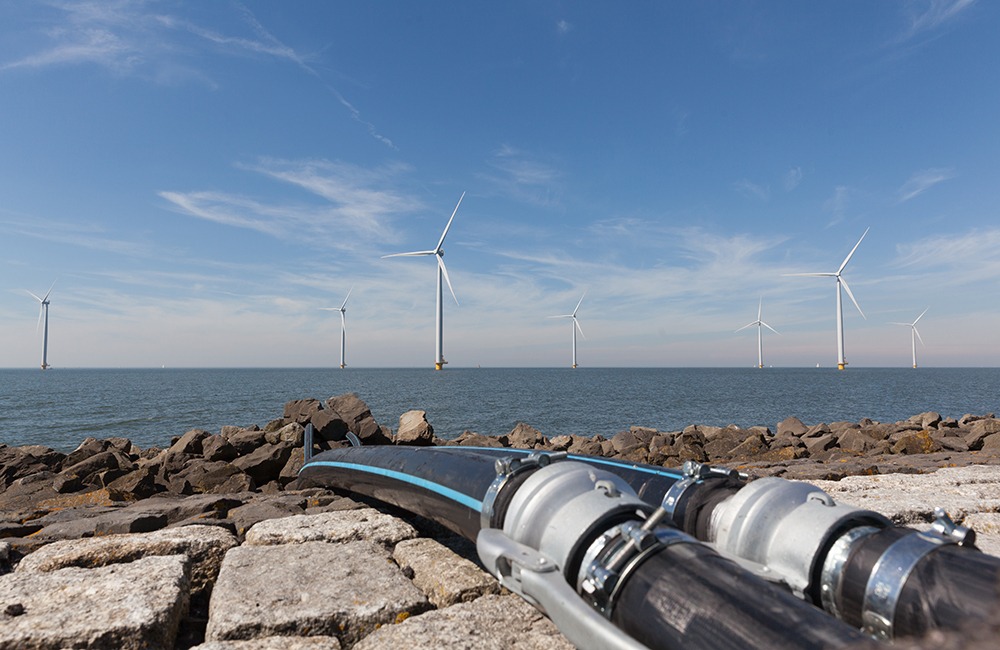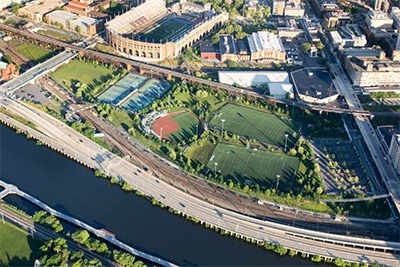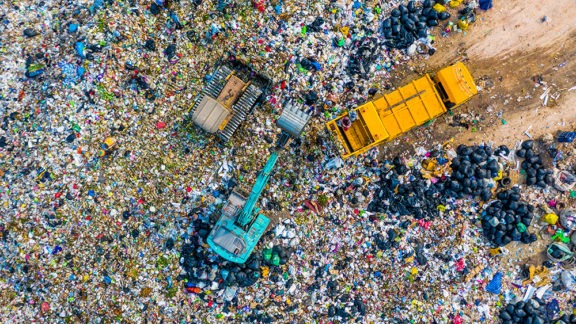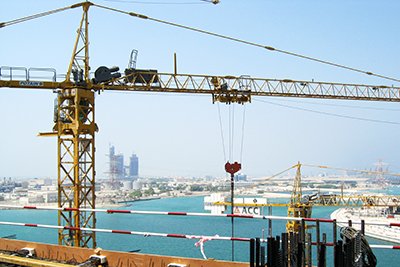Massive foundations and towering turbines are typically the focal point for offshore windfarm construction. Yet, cables – the integrated systems of inter-array cables that gather the generated power from individual turbines, offshore substations collecting the power, and export cables transferring the power to shore – are an often-overlooked cost and potential headache for a windfarm construction project if not properly planned.
Cable design typically accounts for about 10% of an offshore wind development’s initial investment. And, nearly half of all insurance claims in the offshore wind industry are cable-related, comprising over three-quarters of insurance claim payouts. More importantly, if subsea cables are damaged, they are the single point of system failure for your wind farm, causing your entire operation to be down until the cable is fixed or replaced. There is limited cable available for repairs, and the lead time for procuring new cables can be two years or even longer. Exacerbating these long lead times is the additional risk the repair imposes on long-term cable performance since the repaired field joint then becomes one more critical area to monitor over the life of the facility.
Successfully installing subsea cables for your offshore wind projects requires a lot of information gathering and planning. The more comprehensive understanding you have of the seabed conditions – not only beneath the turbine foundation, but also where your cable is making landfall and everywhere in between – the less likely your project team will experience damaged cables. Here’s what you need to look out for when characterizing your offshore wind project’s seabed conditions and how to plan your cable design.
What are the key challenges for offshore wind subsea cable installation?
As described in our blog on offshore wind foundations, the challenges for offshore wind cable installation start with properly characterizing the seabed over increasingly larger wind farm developments. Site characterization for cable design requires an experienced team of geologists, geophysicists, and geotechnical engineers who will develop an understanding of near-surface seabed conditions, including the potential for hard grounds that create trenching challenges and measurement of sediment properties for proper cable insulation/cooling and armoring design. It also requires an understanding of the cable routing risks from shipping traffic, environmentally sensitive areas, fishing grounds, wrecks and unexploded ordnance, and other seabed infrastructure such as existing cables and pipelines.
Once you have your site properly characterized, you’ll be able to understand your cable burial depth limitations. If the cables are buried too shallow, the risk of damage from fishing and shipping increases, but if they’re too deep, the electrical current travelling through the cable can drop due to the insulating effect from the seabed. In areas where boulders and rock outcrops are common, you may need to bury cable on top of the seabed using a rock mound; however, this creates hazards to fishing operations.
In sandy areas, sediment mobility and scour around a cable can lead to fatigue damage due to seabed currents and increase the risk of damage from fishing and shipping activities. The risk of an anchor snagging a cable once exposed from scour is much greater than for a buried cable, so it is important to understand the potential for sediment mobility. Mobile sediments may also lose their strength, or ‘liquefy’, due to wave loading, which poses a risk to cable flotation and loss of burial depth.
Closer to shore, export cable landfall is necessary for grid connection. While seabed trenching and burial is a cheaper alternative to horizontal directional drilling (HDD), it can be more environmentally damaging. HDD has correspondingly lower environmental impacts in sensitive areas, shorter permitting and approval timeframes, is less intrusive to the public, and reduces the impact on tourism.
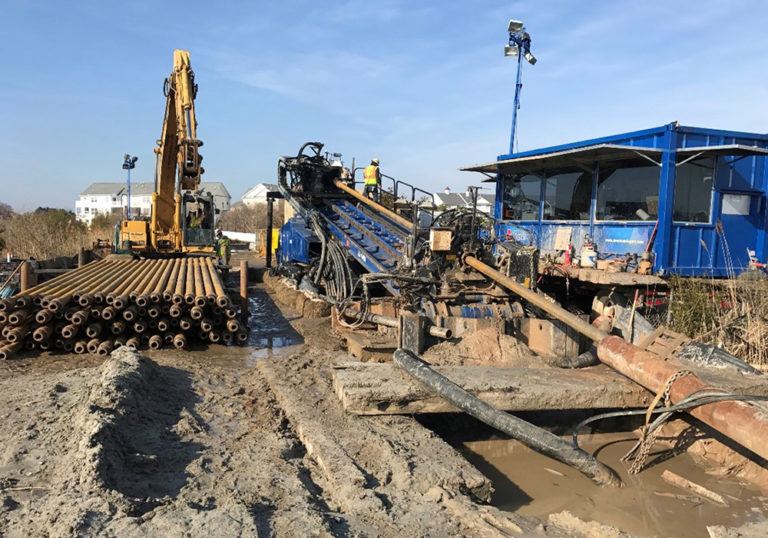
Optimal selection of an HDD landfall location requires integration of onshore, nearshore, and offshore subsurface data to develop a ground ‘model’ of the local conditions. When you are deciding on the location of the interface between the buried portion of the subsea cable and the HDD corridor, consider the tensile strength of the subsea cable, as well as how close to shore the cable laying vessel can get.
How to reduce georisk for subsea cabling
The first step in cable route planning and design is performing a phased site investigation comprising a desk top study (DTS), a geophysical survey, and a geotechnical survey. The DTS provides regional geological information on the seabed conditions and areas of known man-made and natural hazards and guides the planning of potential export cable routes and landfall locations. Your site characterization team will then perform a geophysical survey.
Next, you’ll need to conduct a geotechnical survey to collect seabed cores for laboratory testing and perform seabed probe tests to ground truth the geophysical data interpretation and measure soil properties required for trenching assessment and cable design. Typical soil properties include density, strength, particle size distribution, and thermal conductivity.
Your team should then integrate the geological, geophysical, and geotechnical information into a cable engineering ground model to refine the route and to perform a risk assessment to understand burial, navigation, and operational exposure risk. Collecting near-surface seafloor data during early environmental surveys can provide a head start in building the appropriate ground model. Applications in data science, specifically machine learning, can reduce the level of ground model uncertainty and can help predict seabed properties where data is lacking.
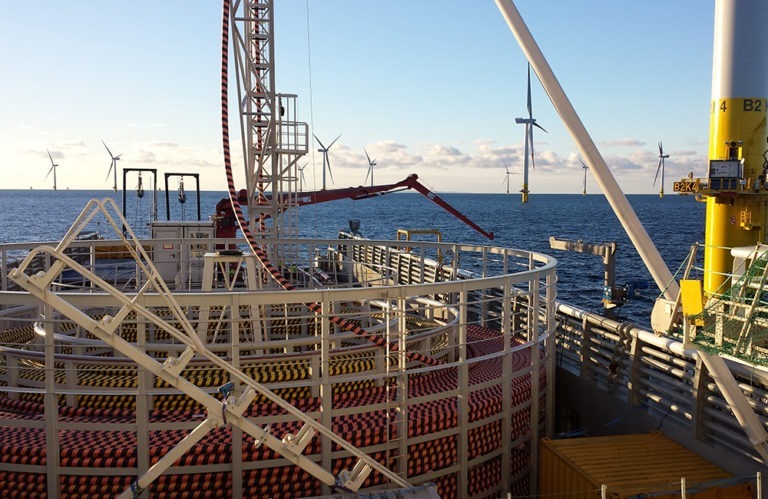
Once the route is selected and trenching equipment is identified, your engineering team will then need to consider requirements such as cable armoring, burial depth, scour protection, and any need to install spare cable length along seabed faults. You can perform advanced geotechnical testing and analysis to assess fluid-seabed-cable interaction for critical areas where exposure is expected and burial maintenance is too costly.
Your team should use an operational monitoring plan, developed through a risk assessment, to determine seabed survey frequency to assess burial status and identify problem areas. These are performed immediately after installation but can be done at 6- or 12-month intervals in the first year or two of operation, followed by occasional surveys to assess the impact from extreme events or to investigate specific incidents. These surveys are generally performed using subsea equipment; however, fiber optic instrumentation is now being used to reduce the level of manual surveying, providing ongoing data and remote access.
An optimized approach to subsea cabling
Subsea cables are an important component that carry significant risk during offshore wind farm development. This risk is not only to due to the high expense of cable repair and offshore operations, but the impact on grid reliability and potential effects on other wind farm components such as the turbine itself. Many of the installation and operational risks cannot be entirely avoided but can be minimized through route selection optimization and appropriate characterization of the seabed stratigraphy and properties. New technologies in data science applications for ground model development and long-term monitoring through fiber optic instrumentation can reduce the level of uncertainty in subsea cable installation and operational risk, thereby saving cost on cable design and maintenance, ultimately improving grid reliability in an energy market increasingly reliant on offshore wind.
Haley & Aldrich’s experience with the shore-side of cable landfall and environmental permitting is complemented by our partner’s, the Norwegian Geotechnical Institute (NGI), knowledge of cable-seabed interaction and offshore geotechnical engineering expertise to mitigate cable risks. Visit our offshore wind webpage to see how our combined capabilities can help you proactively get ahead of geotechnical and environmental engineering challenges.
Read more blog posts on offshore wind construction and engineering:
Published: 1/26/2021
- Energy
- Renewable energy
- Trenchless technology
- Geotechnical instrumentation and monitoring
- Geotechnical engineering
Authors

Manager, Offshore Wind USA at Norwegian Geotechnical Institute

Senior Client Account Manager, Geotechnical Engineer
